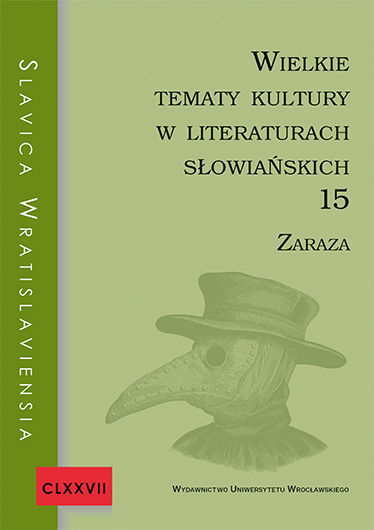

Artykuły

The subject of the article is the image of the plague (specifically — cholera) that struck Russia in 1830, which was presented in two poems by a graphomaniac poet — Dmitry Khvostov (1757–1835). The aim of the research is to discuss in detail the poetic image of the epidemic in the poems Cholera of 1830 and July in Petropolis. The poetic portayal of the cholera epidemic in two of Russia’s largest metropolises focuses not only on the plague’s daunting form and effect, but also on strategies of combating it. The article uses descriptive, biographical, analytical, comparative and intertextual methods of research, which led to the conclusion that the method of imaging used by Khvostov was typical for the era of classicism and the literary tradition of M. Lomonosov, but in terms of originality and poetic artistry, it did not show any greater value. Khvostov identified plague with evil and unclean forces, and presented the fight against it as an expression of the highest bravery. The poetic descriptions of the plague are accompanied by passages typical of panegyric poetry praising the tsar and his actions taken during the pandemic.